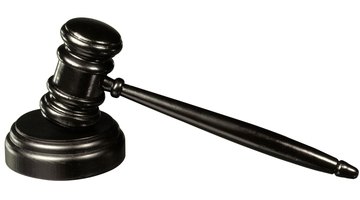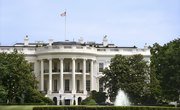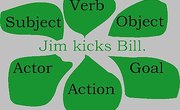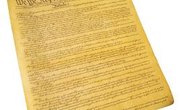The parliamentary motion to Lay on the Table—as prescribed by Robert's Rules of Order, Article V, Section 28—enables a deliberative assembly to temporarily lay aside, or "table," a pending question for the sole purpose of taking up more urgent business that requires the assembly's immediate attention. The motion to Lay on the Table is carried by majority vote and is not debatable or amendable. The assembly may not debate nor take any action that would affect the tabled question until a subsequent in-order motion to Take from the Table is moved, seconded, and carried.
How to Table a Motion Using Robert's Rules of Order
Obtain the floor. Before you may make the motion to table the pending question, you must obtain the floor—that is, gain the right to speak—by being recognized by the presiding officer of the assembly. You may not obtain the floor until it has been yielded by the member who currently holds it. It is important that the floor has, in fact, been yielded because if you rise prematurely or are standing at the time the floor is yielded, the chair may find you to be out of order and recognize another member who follows the proper form. If you are entitled to the floor, the presiding officer, or "chair," will formally recognize you using the phrase "the chair recognizes" and announcing your name, or by simply announcing your name.
Make the motion to table the pending question before the assembly. Use any of the following forms to make the motion: "I move to lay the question on the table," "I move that the question be laid on the table," or "I move that the question lie on the table." You may not qualify the motion in any way. For example, it is out of order to state "I move that the question be laid on the table until 3 p.m." Qualifying the motion in this manner is, in effect, an attempt to change it to a motion to Postpone to a Certain Time which is subject to a different set of parliamentary procedures. (Refer to the Warning section for more information.)
Wait for your motion to be seconded. The motion to Lay on the Table must be seconded by another member of the assembly in the form of "I second the motion," or simply, "I second it." The member who seconds the motion need not be recognized by the chair to do so. The motion may not be amended or debated by yourself, by the member who seconds it, or by any other member of the assembly. If your motion is not seconded, it dies on the floor.
Wait for the chair to state your motion and put it to the assembly for a vote. After your motion has been made and seconded, the chair states "It is moved and seconded that the question before the assembly be laid on the table," or some other form to that effect. Because the motion to Lay on the Table may not be debated nor amended, the chair will immediately call for a vote on your motion.
Vote on your motion. You and the other members of the assembly will then vote on your motion. The motion to Lay on the Table is carried by a simply majority. If your motion carries, the pending question and everything adhering to it—amendments, resolutions to refer it to committee, etc.—are tabled and placed in the charge of the secretary of the assembly. The assembly may now consider the urgent matter that prompted your motion to table the question. While the question is on the table, any motion or action on the same subject that would in any way affect the tabled question is out of order. The assembly may only consider the question again after an in-order motion to Take from the Table is moved, seconded, and carried.
Tip
The copyright on the 1915 version of U.S. Army General Henry M. Robert's "Rules of Order, Revised for Deliberative Assemblies" has expired and is in the public domain. Searchable online hyperlinked versions of the 1915 text are available on the web. (See Resources for links to the original 1915 text as well as commentaries on the text.)
Warning
The motion to Lay on the Table should not be confused with the motion to Postpone to a Certain Time or with the motion to Postpone Indefinitely. The purpose of those motions is to postpone or suspend debate on a question for reasons other than to consider more urgent business. Using the motion to Lay on the Table improperly—for non-urgent business or as an attempt to suppress debate by a majority vote instead of the two-thirds vote required for motions of postponement—is out of order and a violation of fair parliamentary procedure. However, Congressional practice—in direct contradiction to common parliamentary law—uses the motion to Lay on the Table specifically for the purpose of instantly killing a measure by a majority vote .
Related Articles
Writer Bio
Craig Colin Smith has over twenty years' experience in technical and business writing. He holds a Bachelor of Science degree in computer science from Northeastern University in Boston, Massachusetts and a certificate in Quality Assurance Engineering from the Virginia Tech Graduate Center in Falls Church, Virginia. Mr. Smith also studied English and philosophy at the College of William and Mary in Williamsburg, Virginia.











